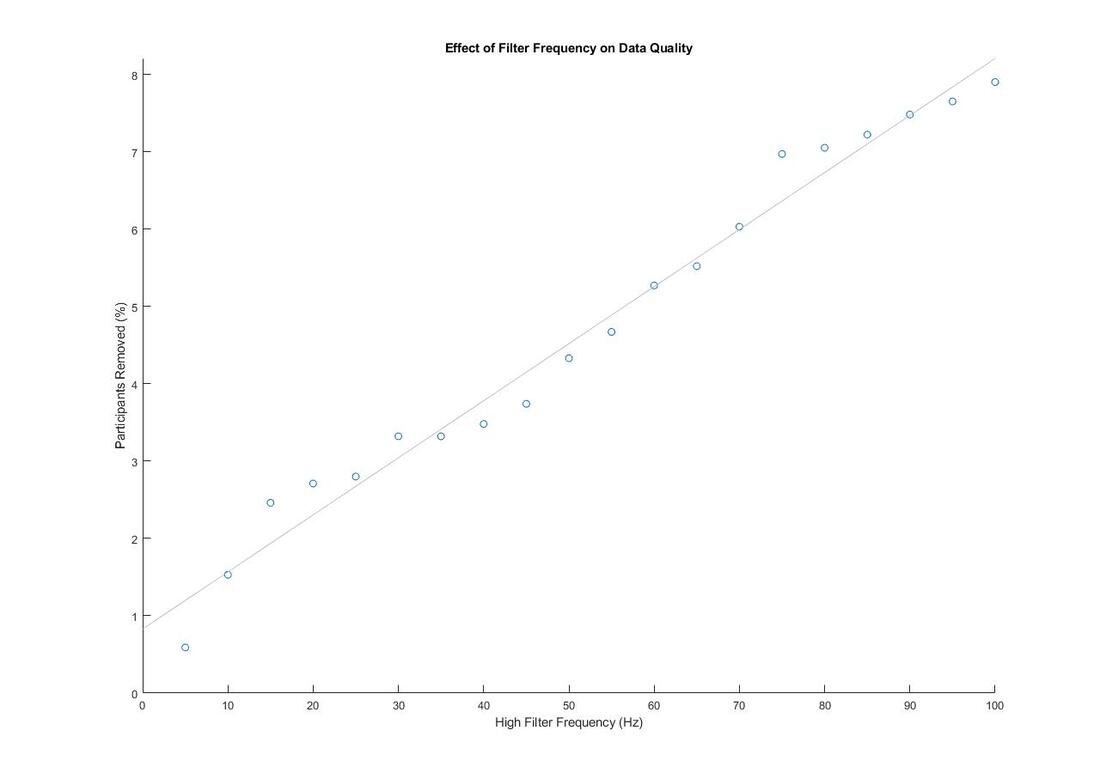MUSE RESEARCH
Our lab is perhaps most known for our initial validation work with the MUSE 1 which was published in Frontiers in Neuroscience in 2017 and now has over 37,000 views. Since then we have done more research with MUSE in a range of areas including cognitive fatigue, impact of exercise on brain function, and sports performance.
Krigolson, O.E., Williams, C.C., Norton, A., Hassall, C.D., & Colino, F.L. (2017). Choosing MUSE: Validation of a Low-Cost, Portable EEG System for ERP Research. Frontiers in Neuroscience: Brain Imaging Methods, 11(109),1-10.
Pluta, A., Williams, C.C., Binsted, G., Hecker, K.G., & Krigolson, O.E. (2018). Chasing the zone: Reduced beta power predicts baseball batting performance. Neuroscience Letters, 686, 150-154.
Walsh, J.J., Colino, F.L., Krigolson, O.E., Luehr, S., Gurd, B.J., & Tschakovsky, M.E. (2019). High-intensity interval exercise impairs neuroelectric indicies of reinforcement learning. Physiology and Behaviour, 198, 18-26.
Pluta, A., Williams, C.C., Binsted, G., Hecker, K.G., & Krigolson, O.E. (2018). Chasing the zone: Reduced beta power predicts baseball batting performance. Neuroscience Letters, 686, 150-154.
Walsh, J.J., Colino, F.L., Krigolson, O.E., Luehr, S., Gurd, B.J., & Tschakovsky, M.E. (2019). High-intensity interval exercise impairs neuroelectric indicies of reinforcement learning. Physiology and Behaviour, 198, 18-26.
We have also done a lot of internal research on our large MUSE ERP data set (n > 2500) which we provide below as a resource to guide analysis decisions with MUSE.
Effects of Re-Referencing
Implicit referencing (to FPz)
Re-reference all channels to AF7 and AF8
Re-reference all channels to TP9 and TP10
Re-reference TP9 and TP10 to AF7 and AF8
Re-reference AF7 and AF8 to TP9 and TP10
Effects of Filtering
To show the effect of increasing the filter frequency in our data analysis, we analyzed the same data set of 1177 MUSE participants with different high notch filters. As you can see, we lose more participants as filter frequency increases. This is due to the higher volume of channel artifacts passing through the filter and decreasing data quality.


















